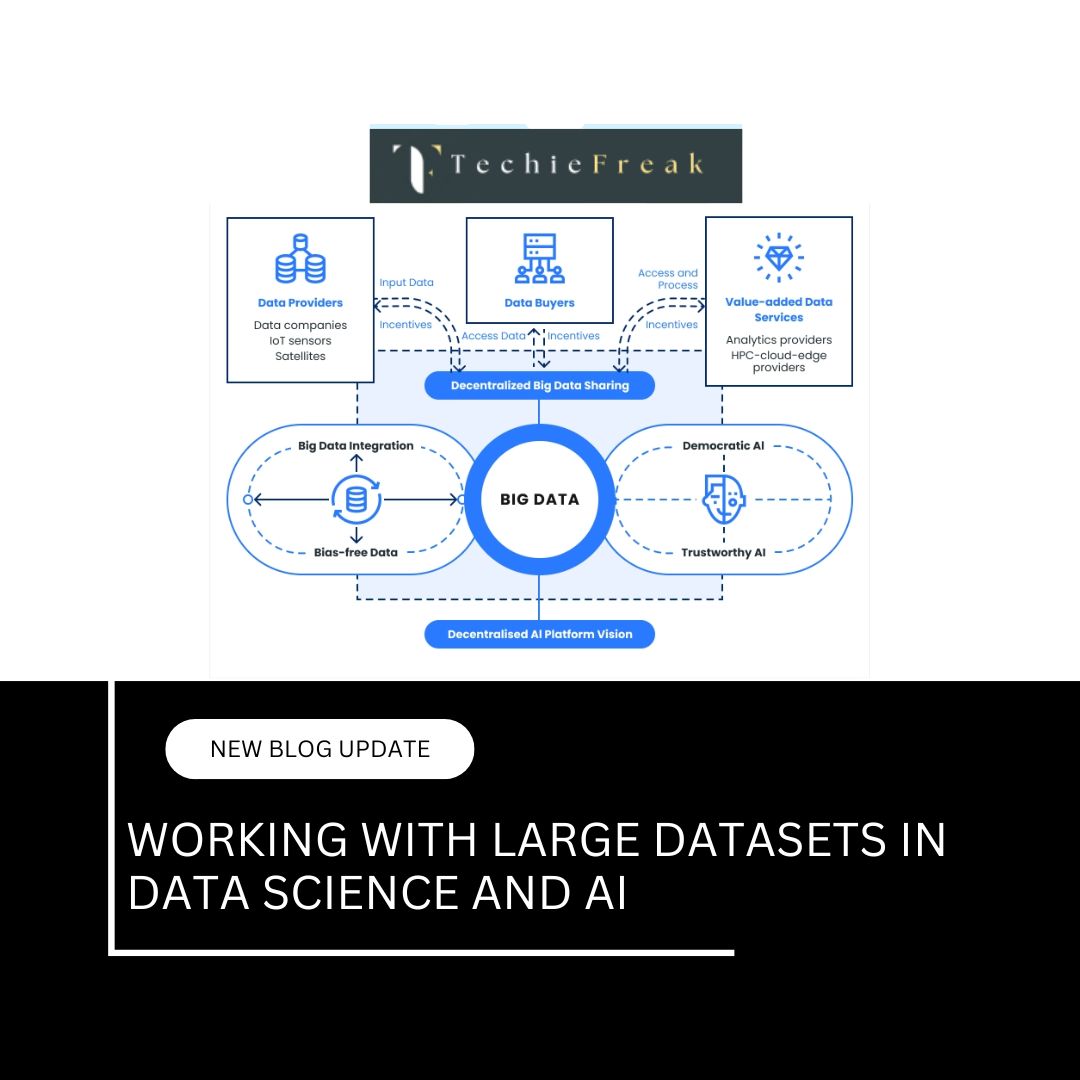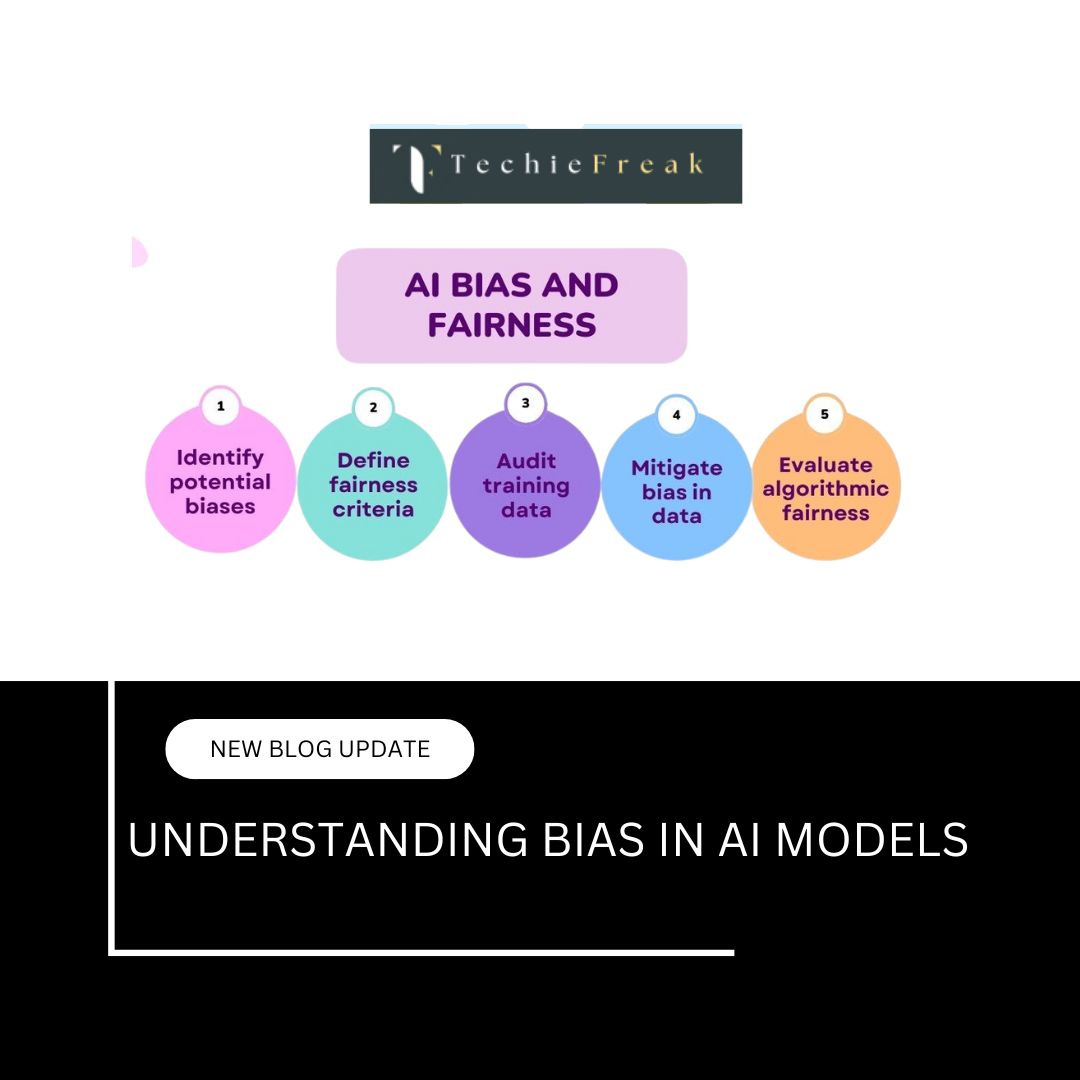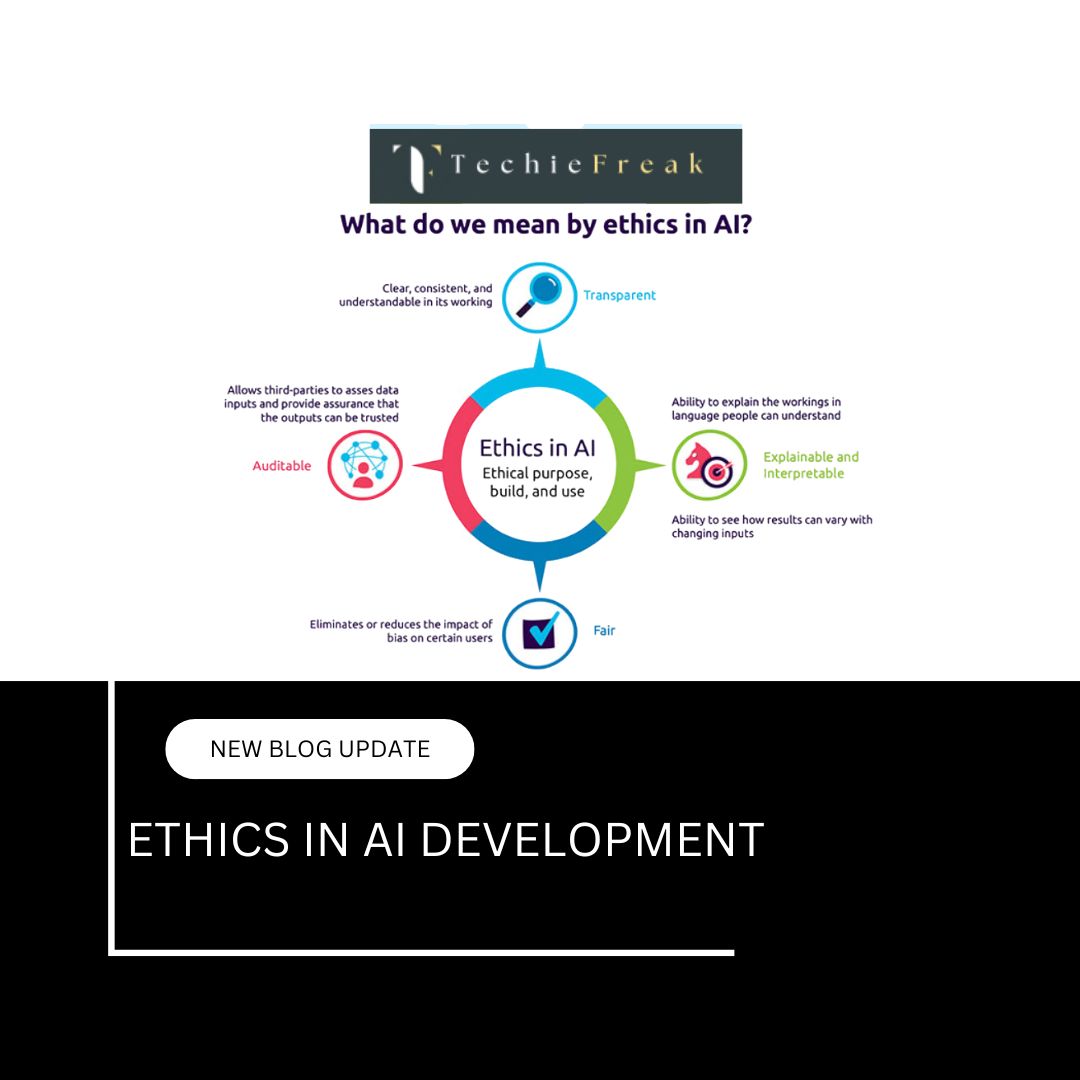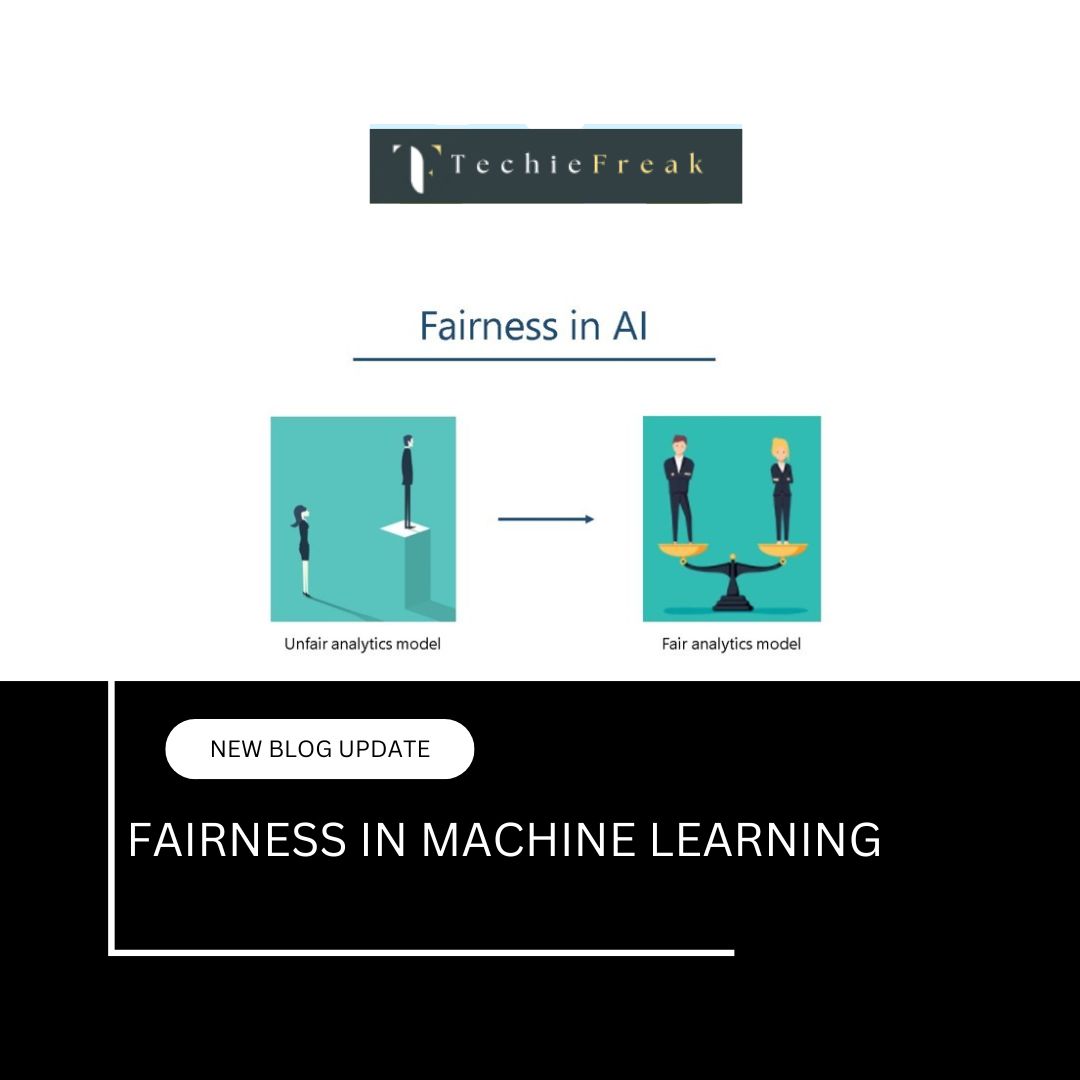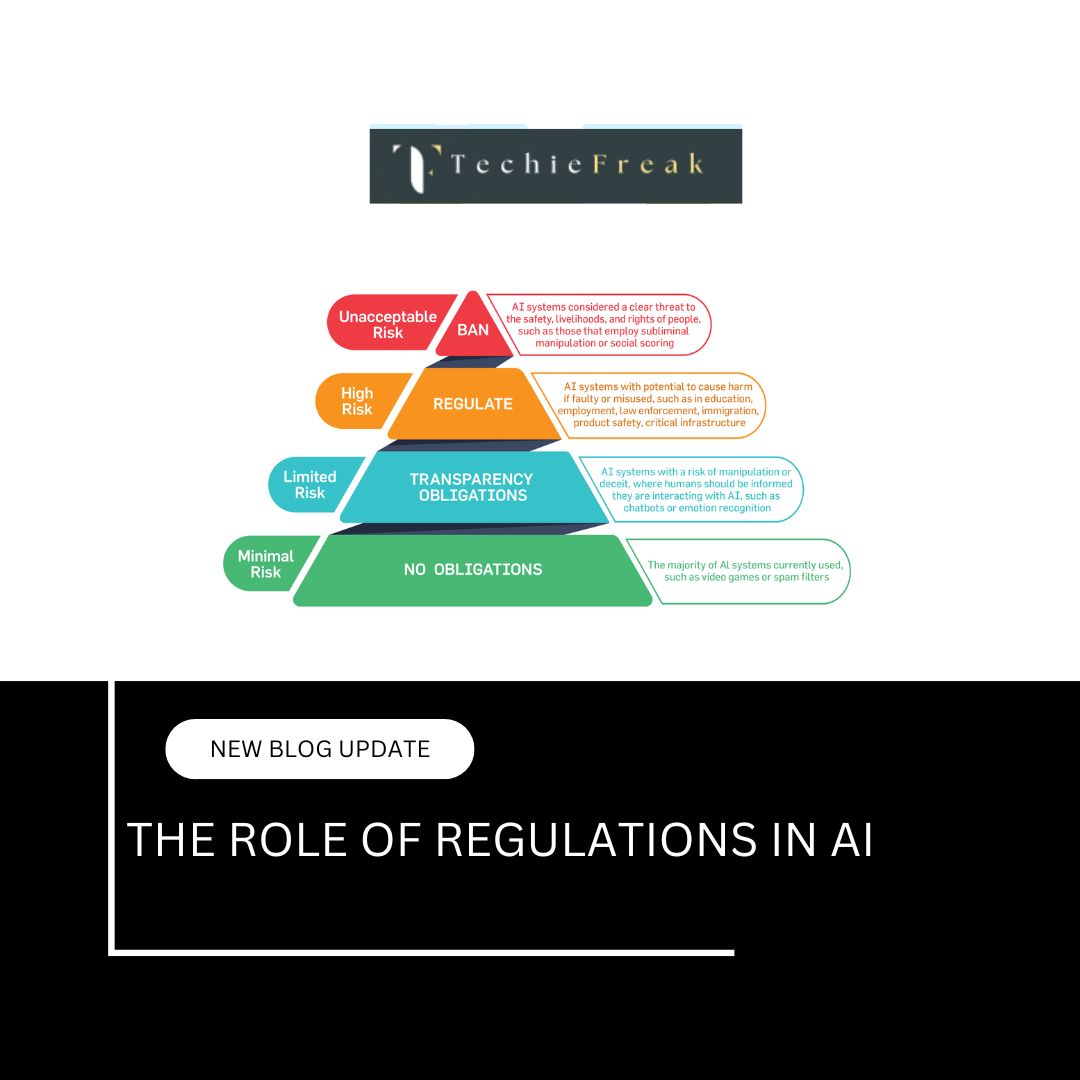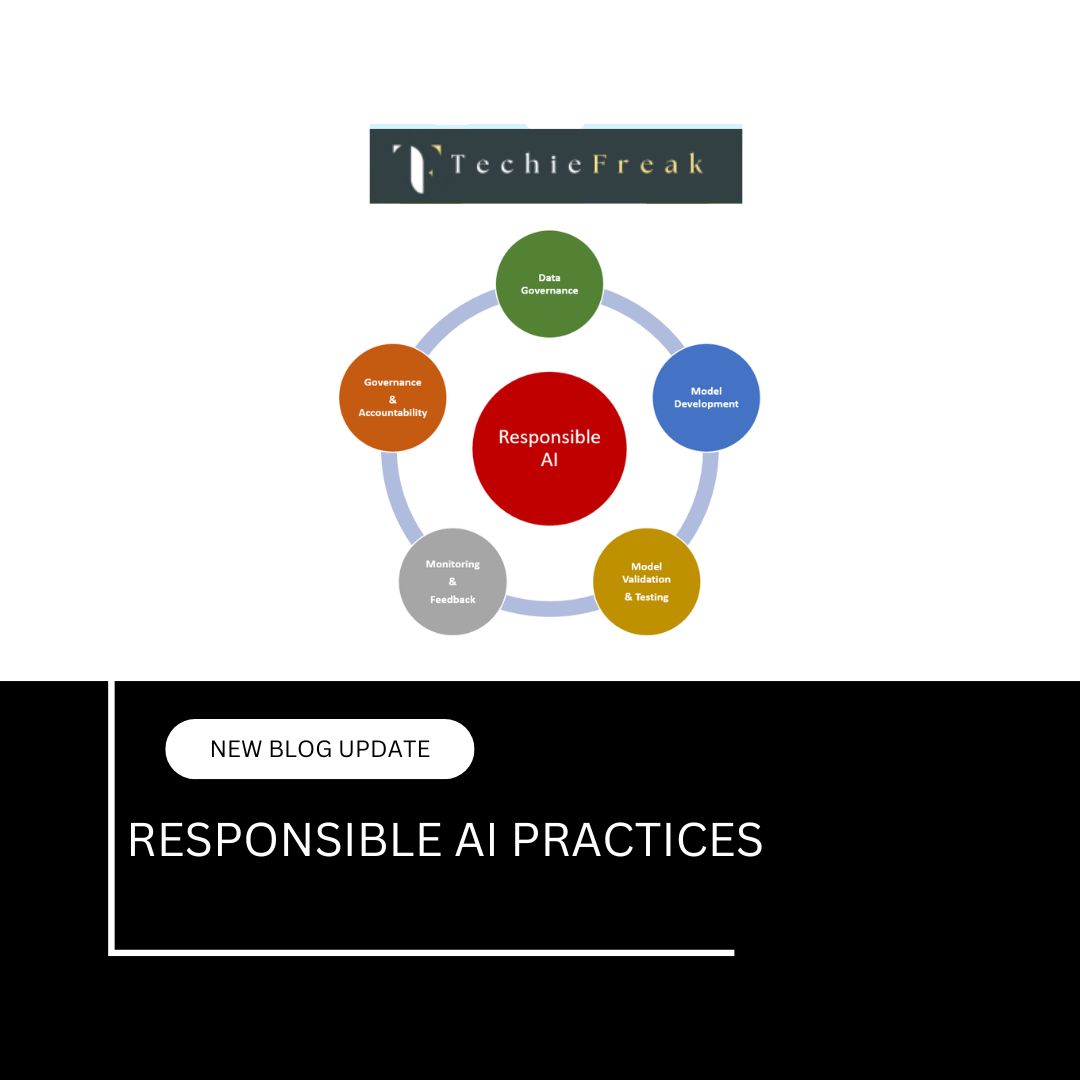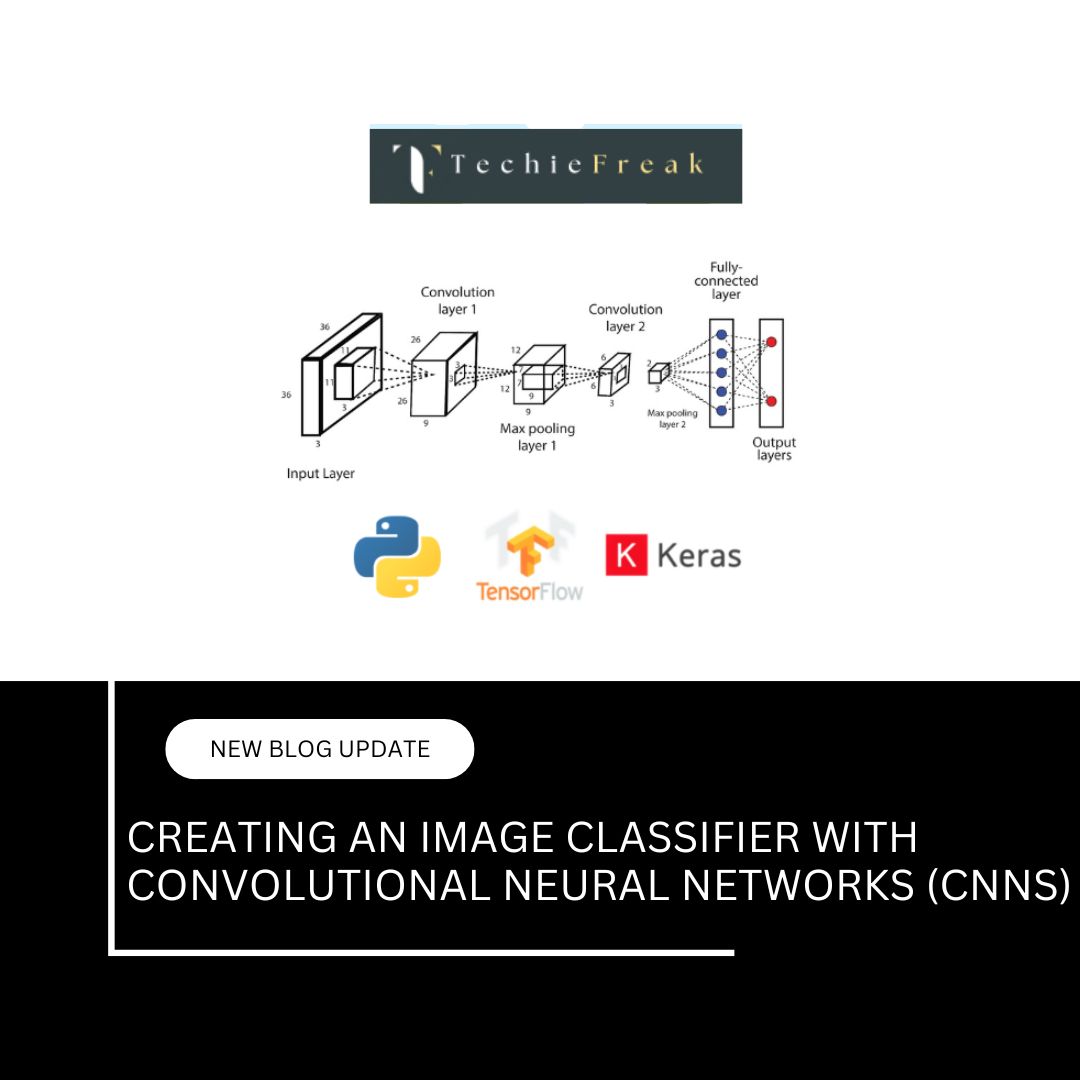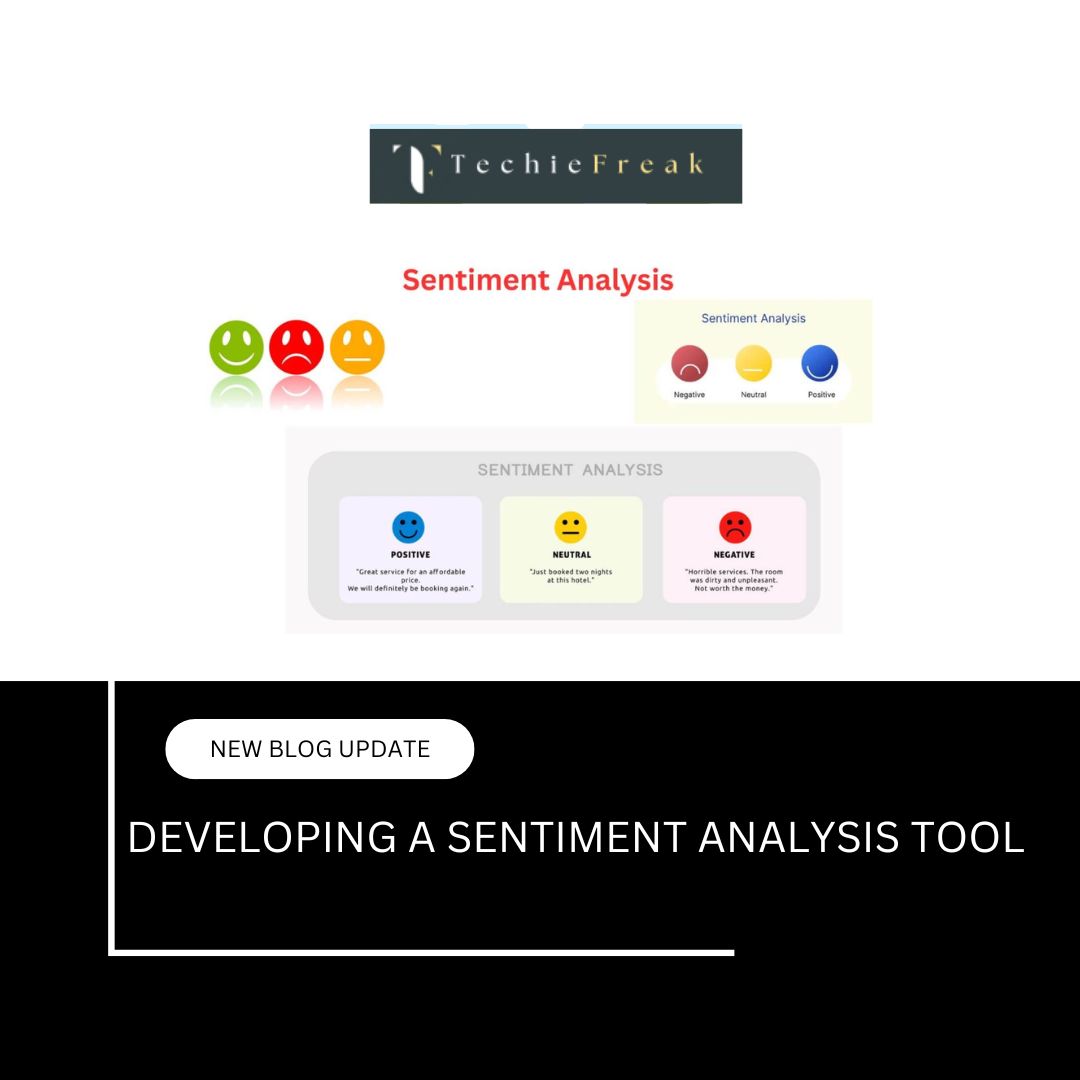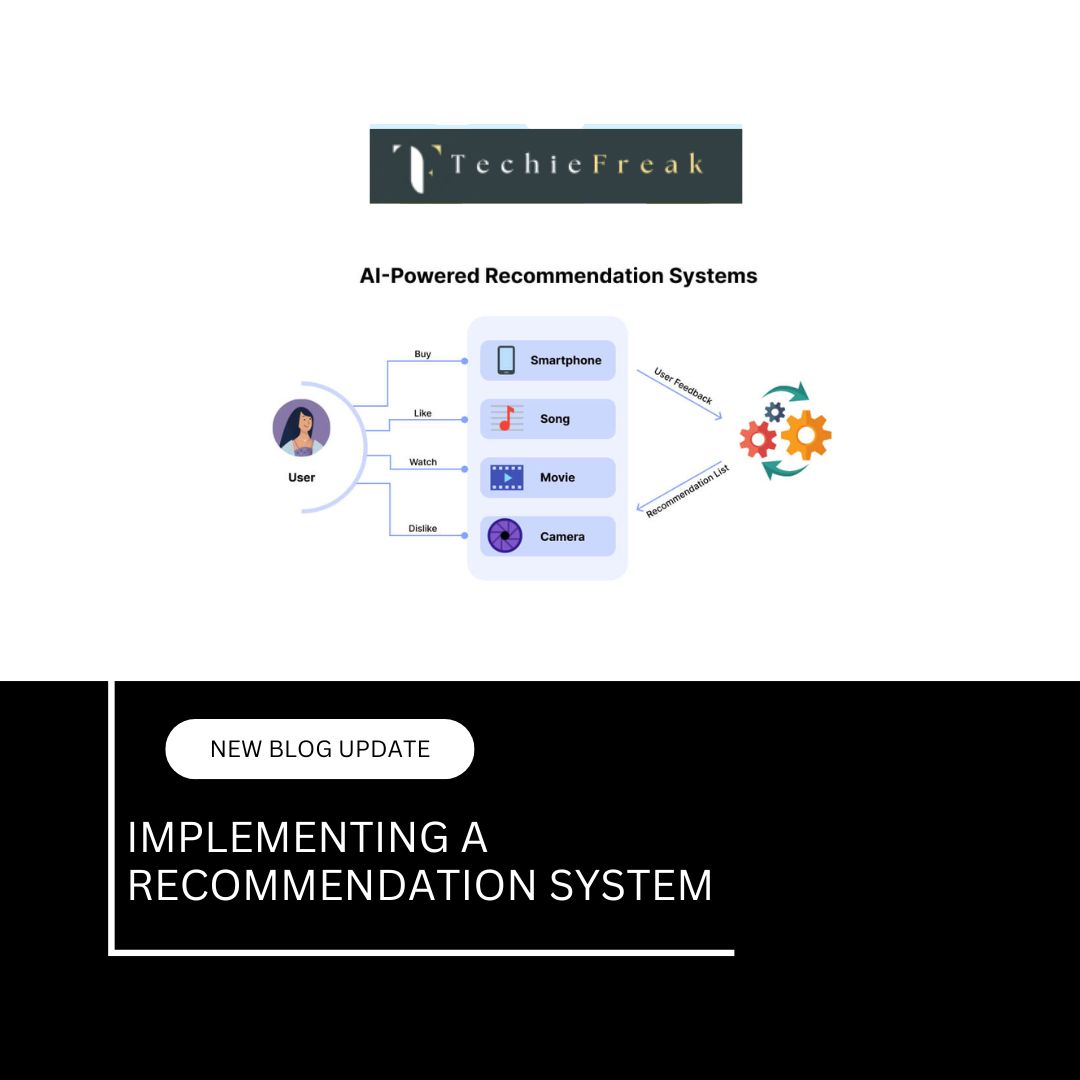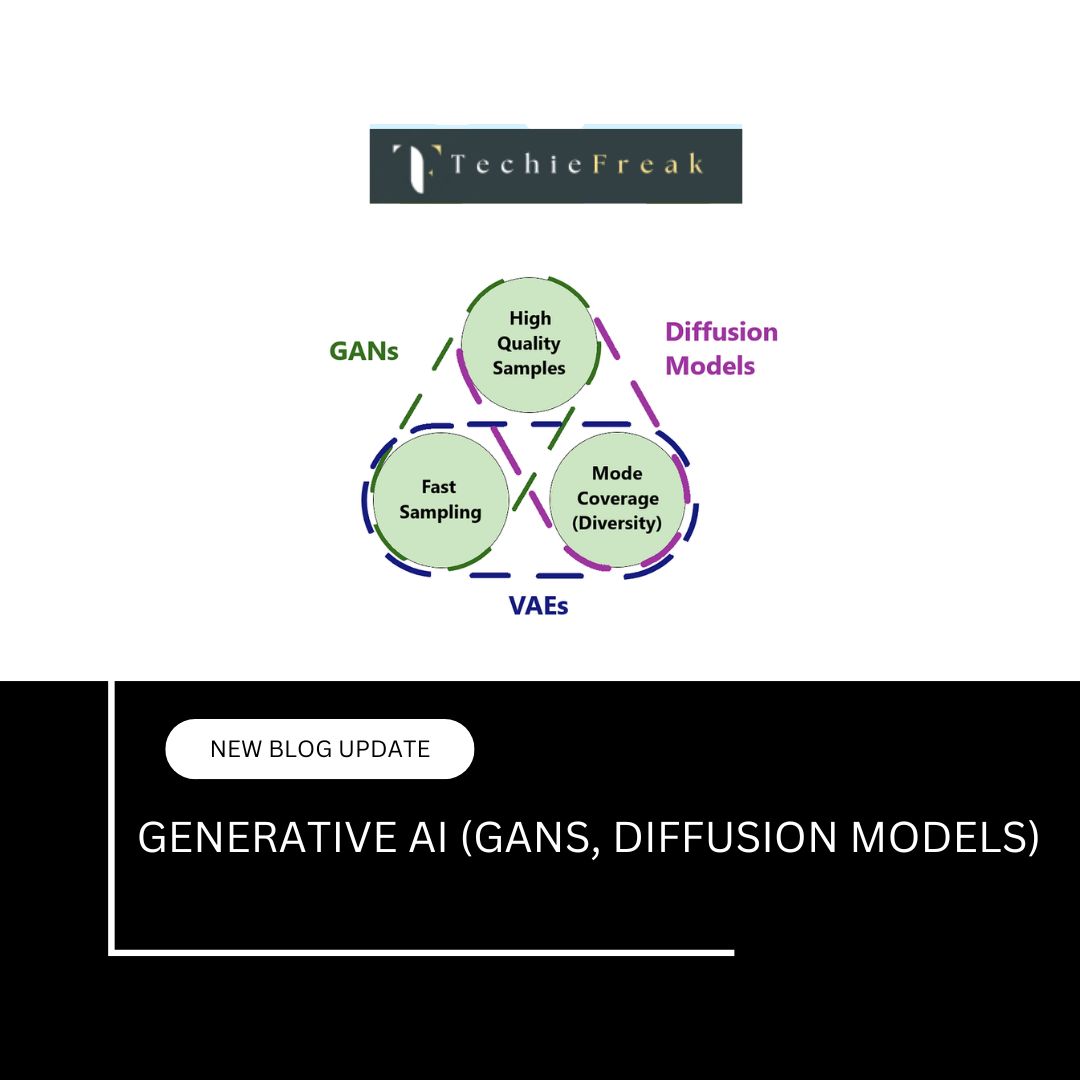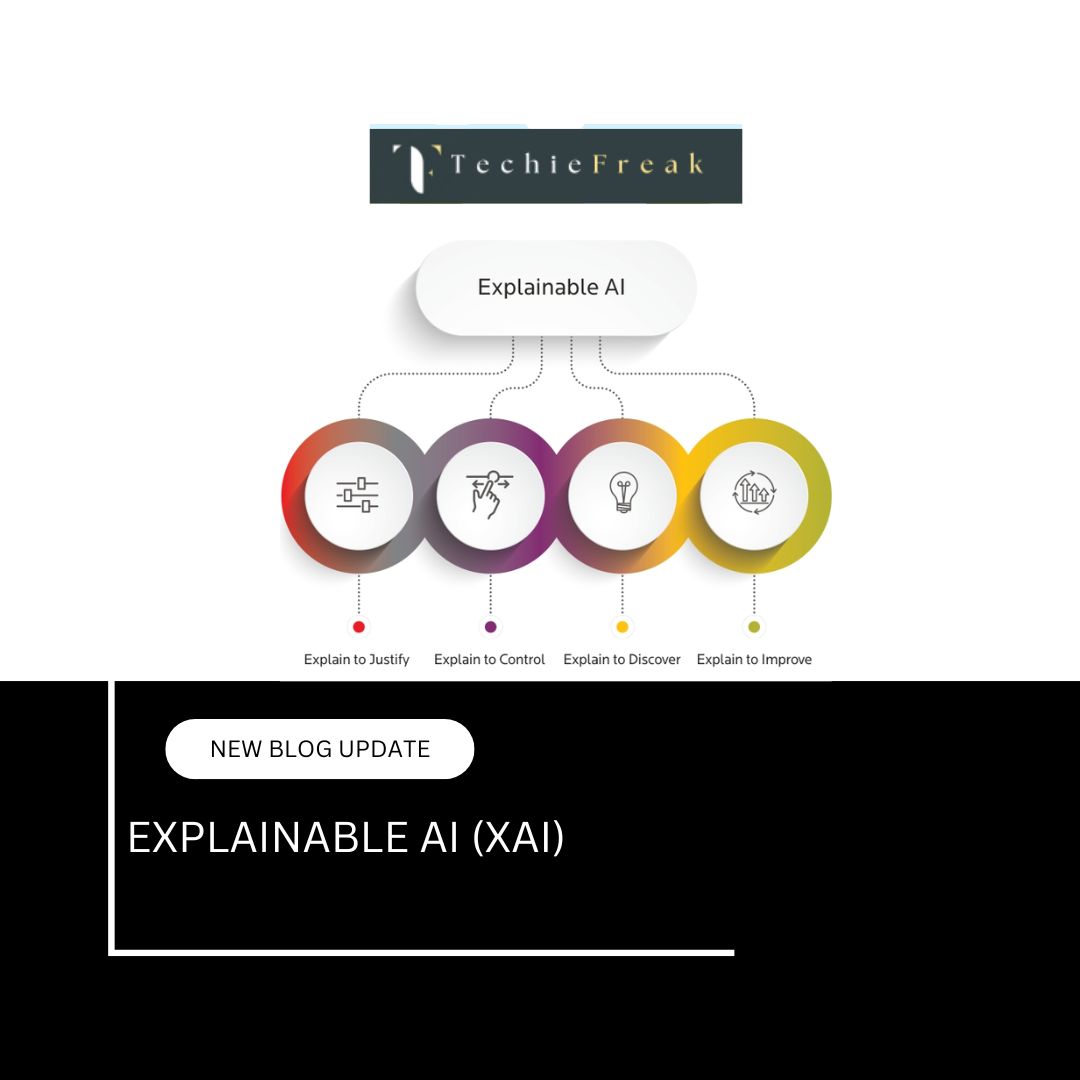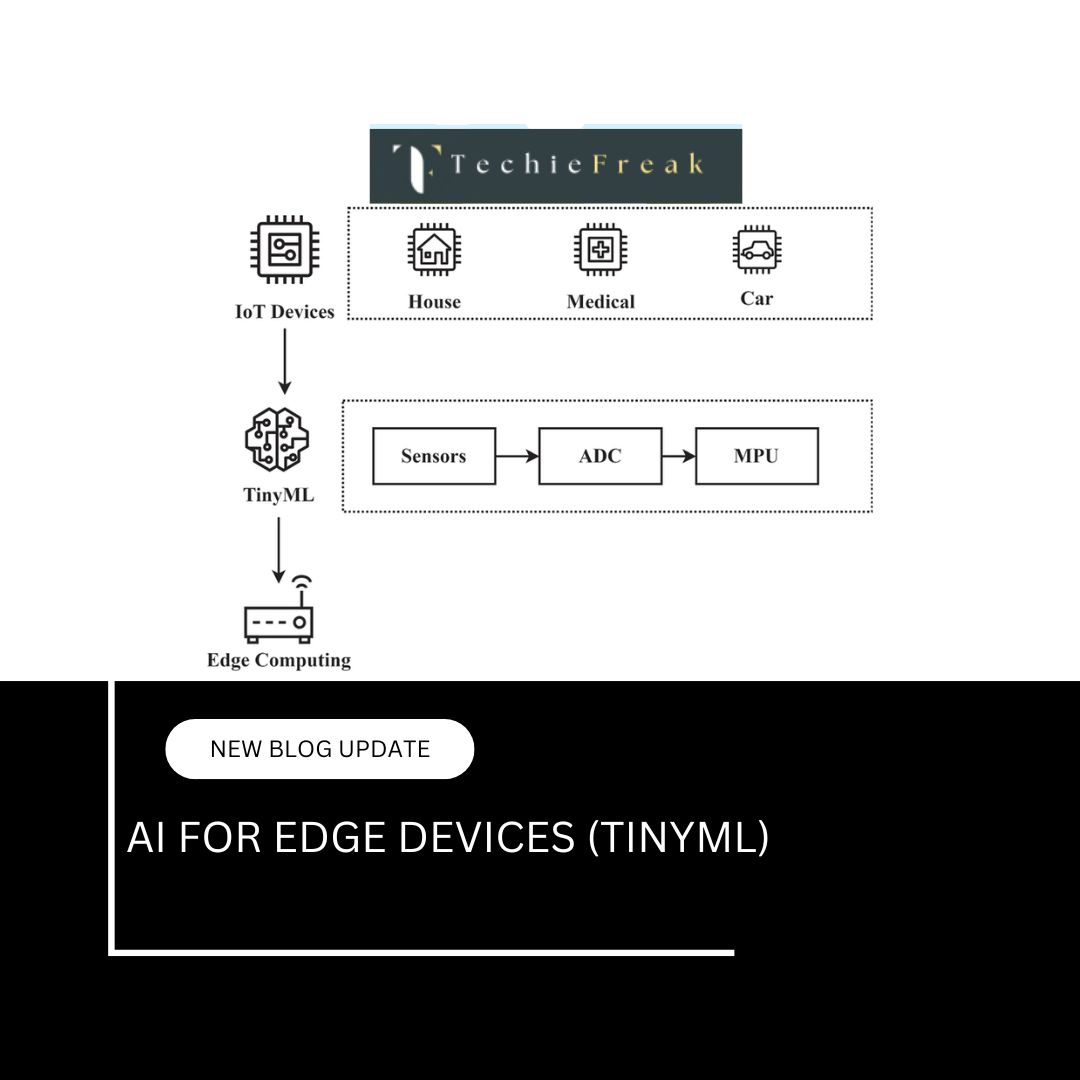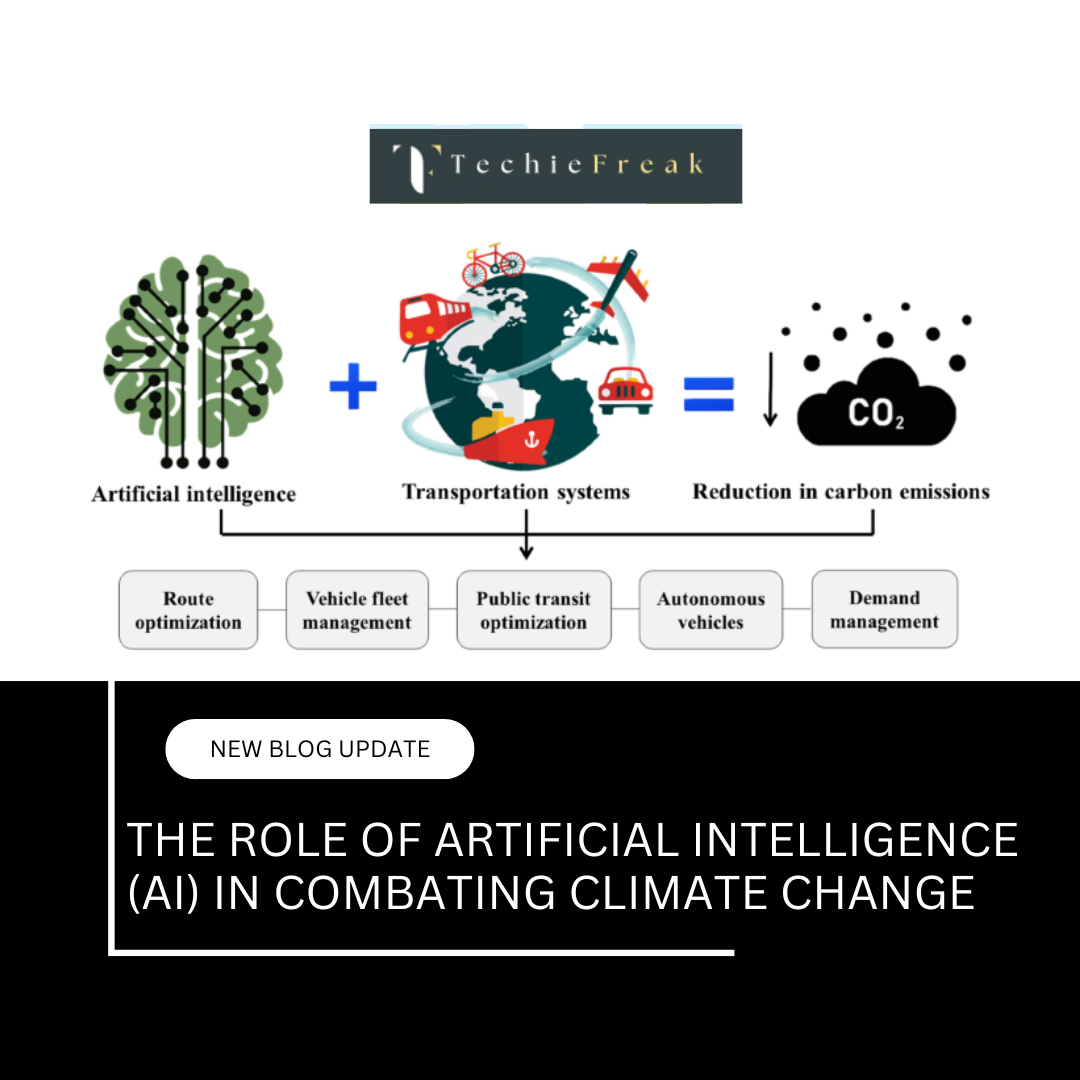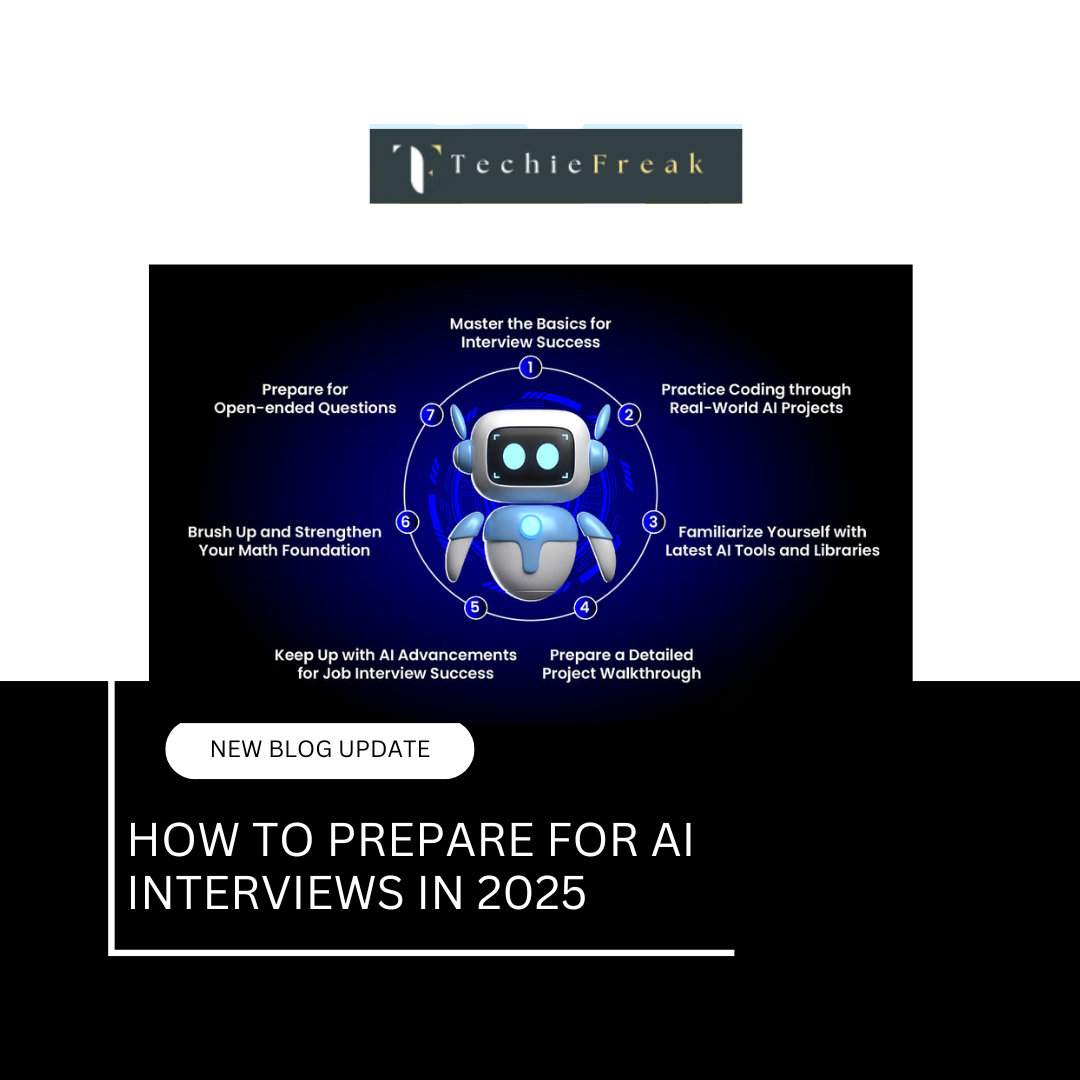Implementing a Basic Chatbot in Python
In this tutorial, we will build a basic chatbot using Python's Natural Language Toolkit (NLTK). The chatbot will recognize user inputs using pattern matching with regular expressions and provide predefined responses.
1. Install Dependencies
Before writing the chatbot, install NLTK, which is a popular NLP library in Python. You can install it using:
pip install nltk
2. Understanding the Chatbot’s Workflow
Our chatbot will function as follows:
- User input processing: The user enters a message.
- Pattern matching: The chatbot checks if the message matches predefined patterns.
- Response selection: If a pattern is matched, the chatbot returns a predefined response.
- Conversation flow: The chatbot continues until the user types "bye".
3. Python Code for a Basic Chatbot
import nltk
from nltk.chat.util import Chat, reflections
# Define chatbot responses using pattern-matching
pairs = [
[r"hi|hello|hey", ["Hello! How can I help you today?", "Hi there!"]],
[r"what is your name?", ["I'm a chatbot, but you can call me ChatBuddy."]],
[r"how are you?", ["I'm just a bot, but I'm doing great! What about you?"]],
[r"bye|goodbye", ["Goodbye! Have a nice day.", "See you soon!"]],
[r"what can you do?", ["I can chat with you! Try asking me about my name or how I'm doing."]],
[r"who created you?", ["I was created by a Python developer using NLTK."]],
]
# Create chatbot instance
chatbot = Chat(pairs, reflections)
# Start conversation
print("Chatbot: Hello! Type 'bye' to exit.")
while True:
user_input = input("You: ")
if user_input.lower() == "bye":
print("Chatbot: Goodbye!")
break
response = chatbot.respond(user_input)
print("Chatbot:", response)
4. Explanation of the Code
A. Importing Required Libraries
import nltk
from nltk.chat.util import Chat, reflections
- nltk.chat.util.Chat: Provides the functionality to create a chatbot.
- reflections: A dictionary that helps in reflecting words like “I” → “you” and “am” → “are” for better conversation flow.
B. Defining Chatbot Responses Using Patterns
pairs = [
[r"hi|hello|hey", ["Hello! How can I help you today?", "Hi there!"]],
[r"what is your name?", ["I'm a chatbot, but you can call me ChatBuddy."]],
[r"how are you?", ["I'm just a bot, but I'm doing great! What about you?"]],
[r"bye|goodbye", ["Goodbye! Have a nice day.", "See you soon!"]],
[r"what can you do?", ["I can chat with you! Try asking me about my name or how I'm doing."]],
[r"who created you?", ["I was created by a Python developer using NLTK."]],
]
- The chatbot works by matching user input against predefined patterns (regular expressions).
- If a match is found, it selects a response from the corresponding list.
Example:
- If a user types "hi" or "hello", the bot will respond with "Hello! How can I help you today?" or "Hi there!".
C. Creating the Chatbot Instance
chatbot = Chat(pairs, reflections)
- We pass pairs (the predefined responses) and reflections to the Chat class.
D. Running the Chatbot
print("Chatbot: Hello! Type 'bye' to exit.")
while True:
user_input = input("You: ")
if user_input.lower() == "bye":
print("Chatbot: Goodbye!")
break
response = chatbot.respond(user_input)
print("Chatbot:", response)
- The chatbot enters a continuous loop where it waits for user input.
- It matches the input with predefined patterns.
- If "bye" is detected, it exits the loop.
5. Running the Chatbot
When you run the script, the chatbot will interact like this:
Chatbot: Hello! Type 'bye' to exit.
You: hi
Chatbot: Hello! How can I help you today?
You: what is your name?
Chatbot: I'm a chatbot, but you can call me ChatBuddy.
You: how are you?
Chatbot: I'm just a bot, but I'm doing great! What about you?
You: bye
Chatbot: Goodbye!
6. How the Chatbot Works
| Step | Description |
|---|---|
| User Input | User enters a message (e.g., "hi", "how are you?"). |
| Pattern Matching | The chatbot searches for a matching regular expression. |
| Response Selection | If a match is found, the chatbot selects a response randomly. |
| Conversation Flow | The chatbot continues until the user types "bye". |
7. Enhancing the Chatbot
A. Add More Responses
Expand the pairs list with more patterns, such as:
[pairs.append([r"what is your favorite color?", ["I like blue."]])]
B. Improve Understanding with NLP
Instead of pattern-matching, use NLTK’s NLP features to understand user intent better.
Example using nltk.word_tokenize:
from nltk.tokenize import word_tokenize
sentence = "Tell me a joke"
tokens = word_tokenize(sentence)
print(tokens) # Output: ['Tell', 'me', 'a', 'joke']
C. Use a Machine Learning Model
For more intelligent responses, integrate AI models like GPT-3 or Hugging Face's transformers:
from transformers import pipeline
chatbot = pipeline("text-generation", model="microsoft/DialoGPT-medium")
response = chatbot("Hello! How are you?", max_length=50)
print(response)
8. Conclusion
This basic chatbot is a great starting point for learning chatbot development. While rule-based chatbots work well for simple conversations, AI-powered chatbots (using deep learning) provide more human-like responses.
.png)
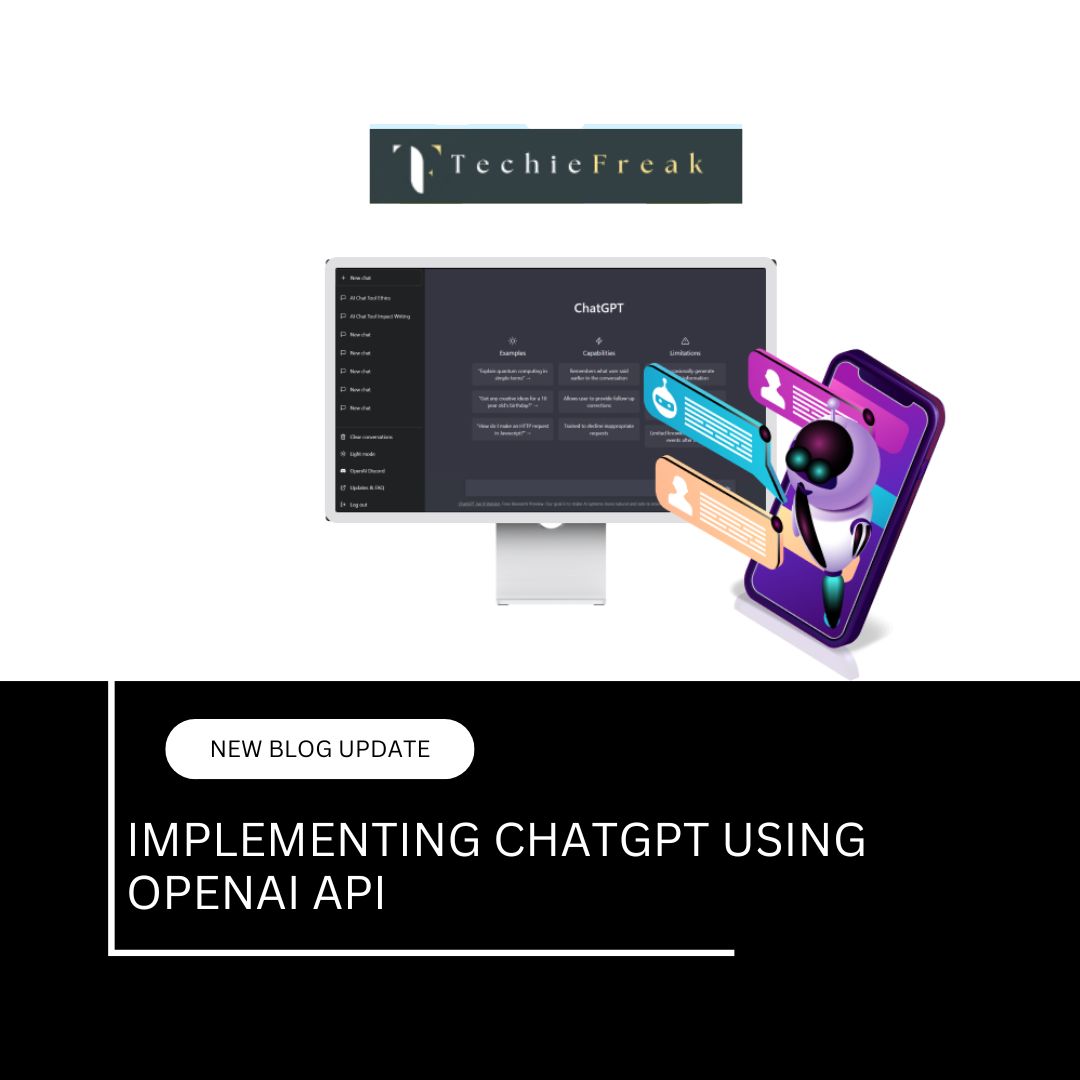
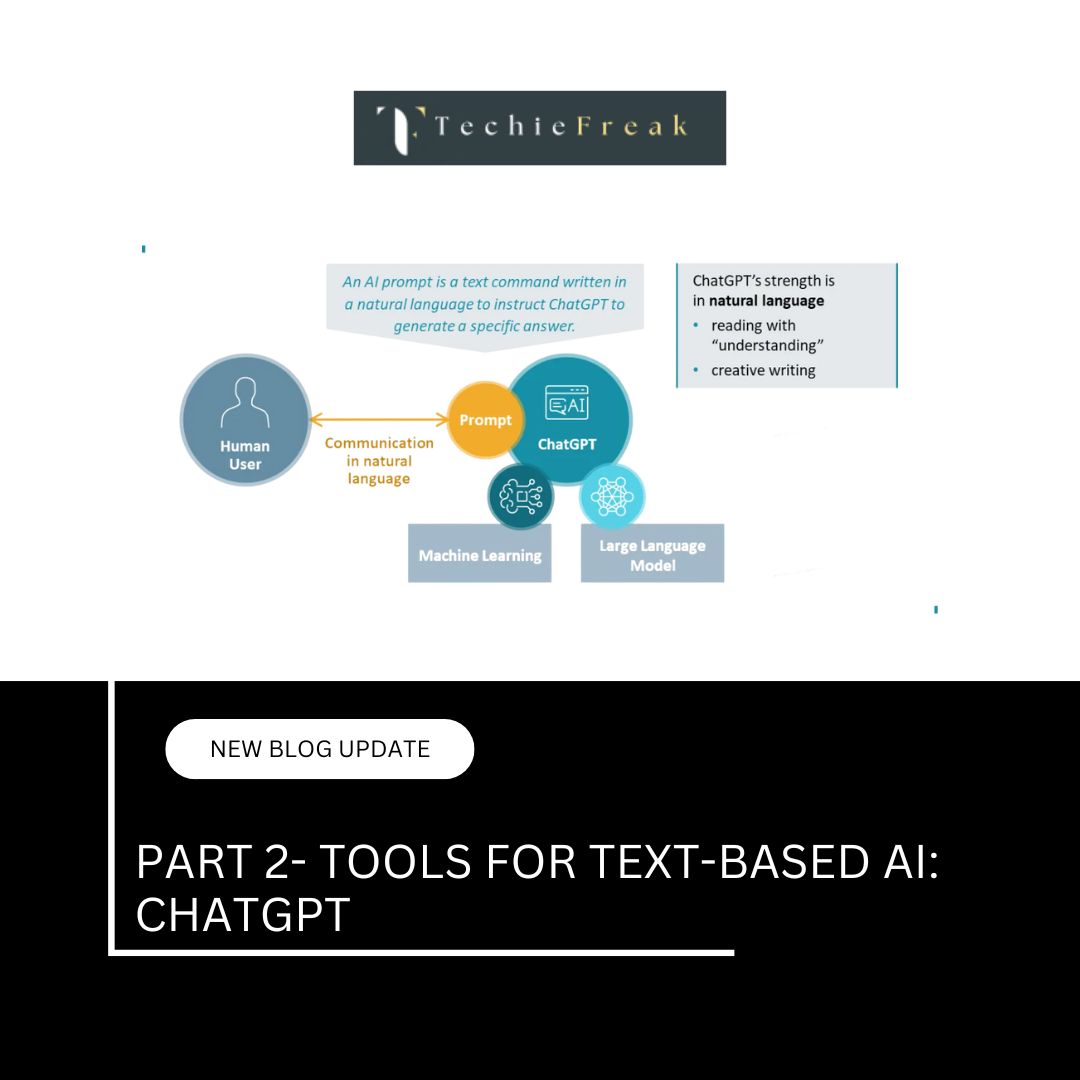
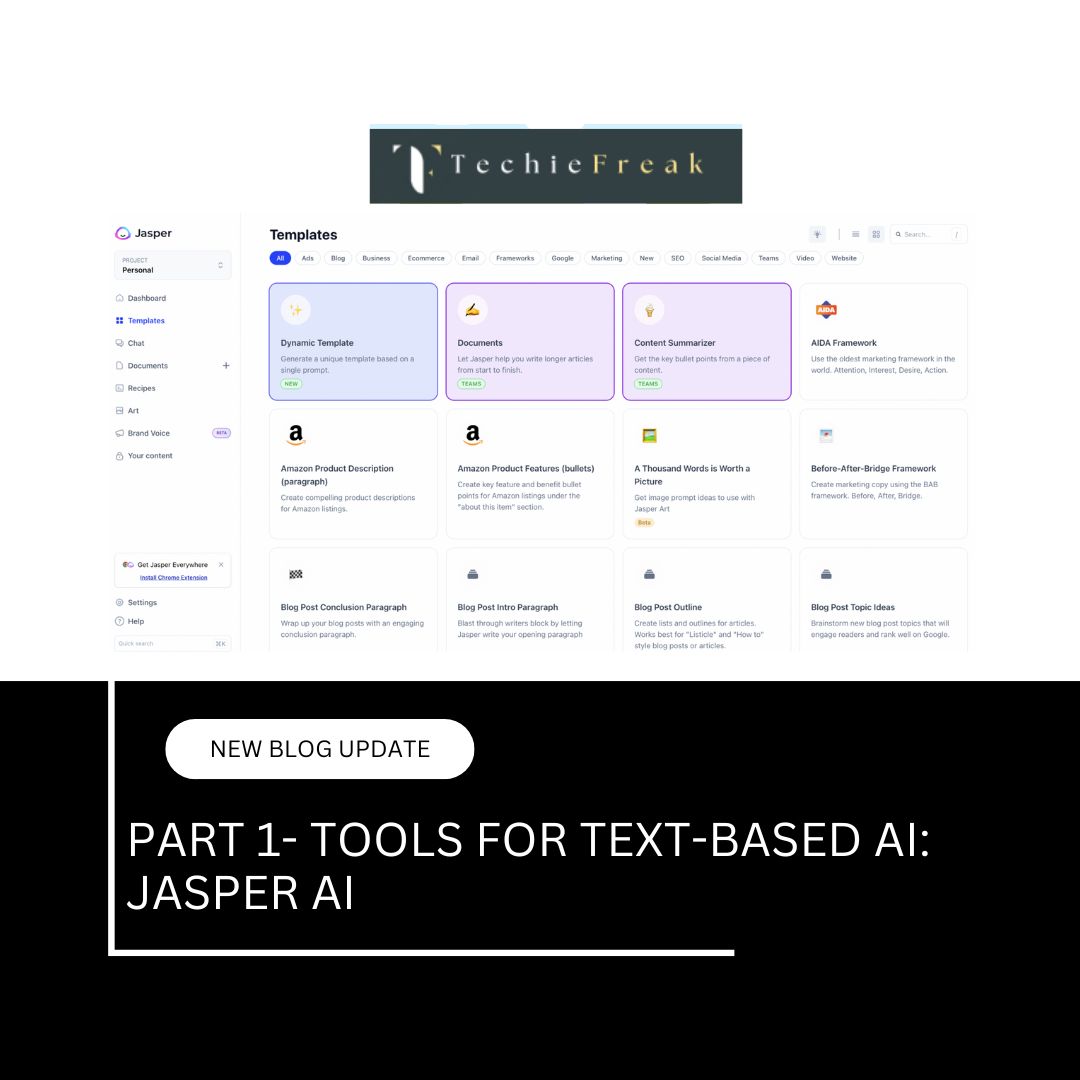


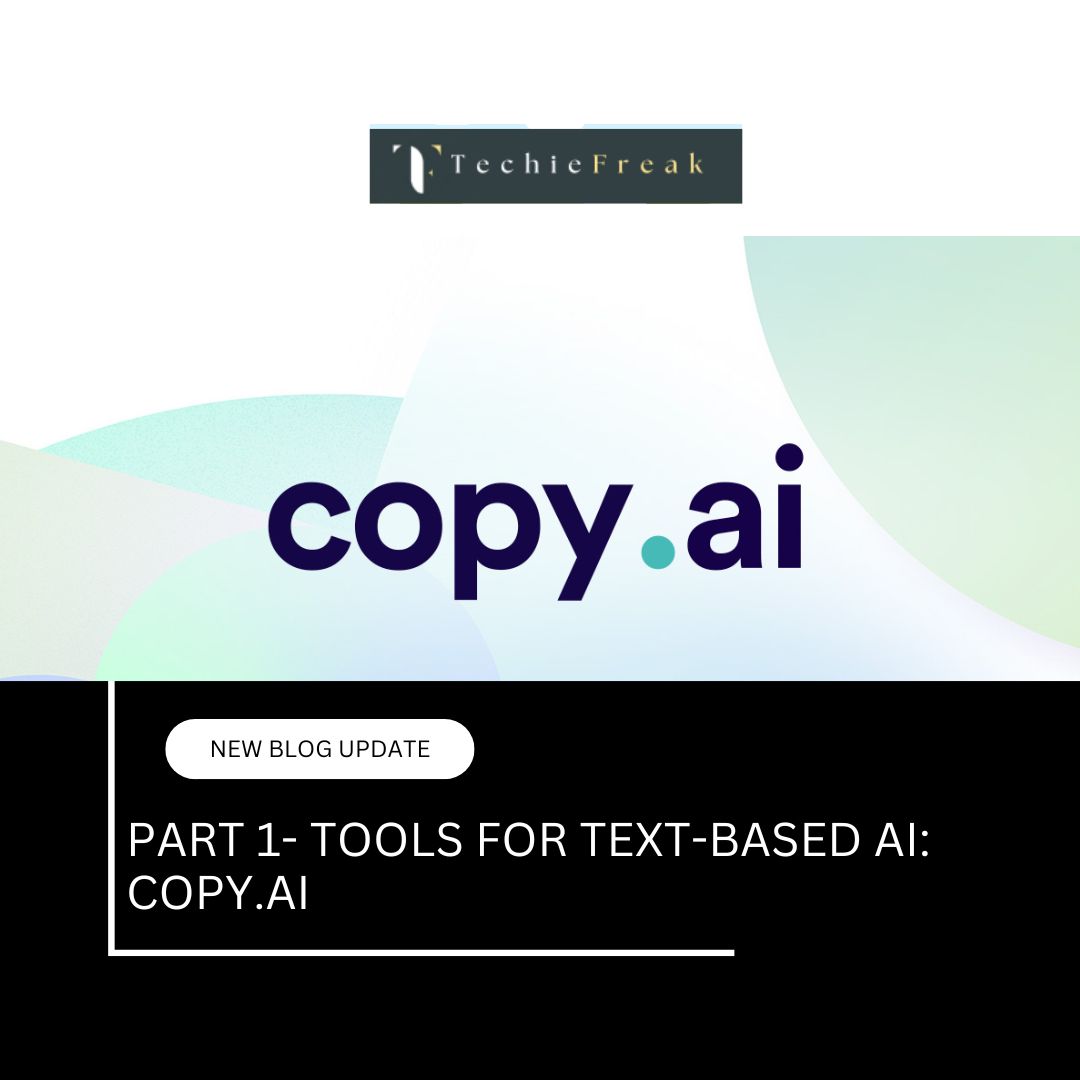
.jpg)
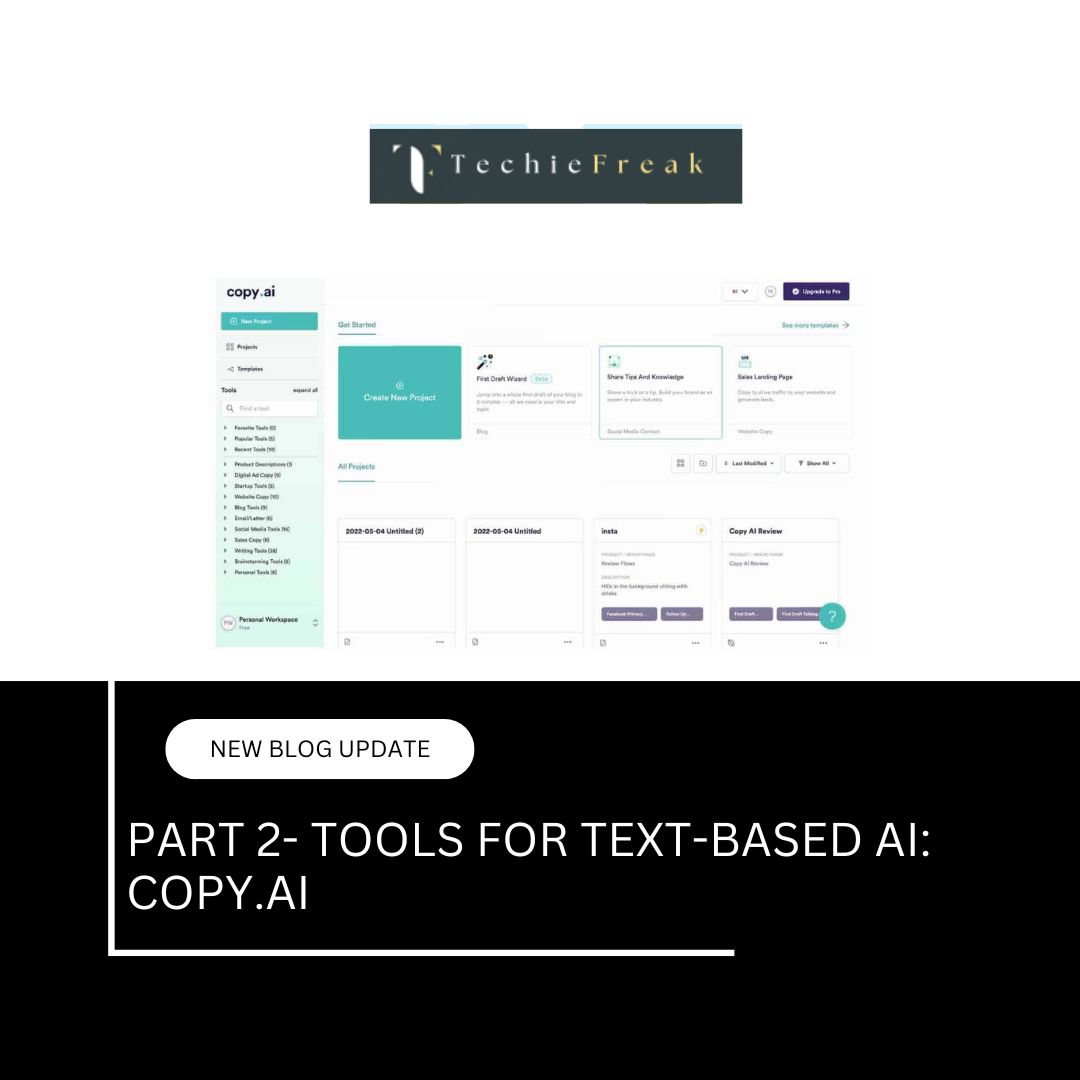
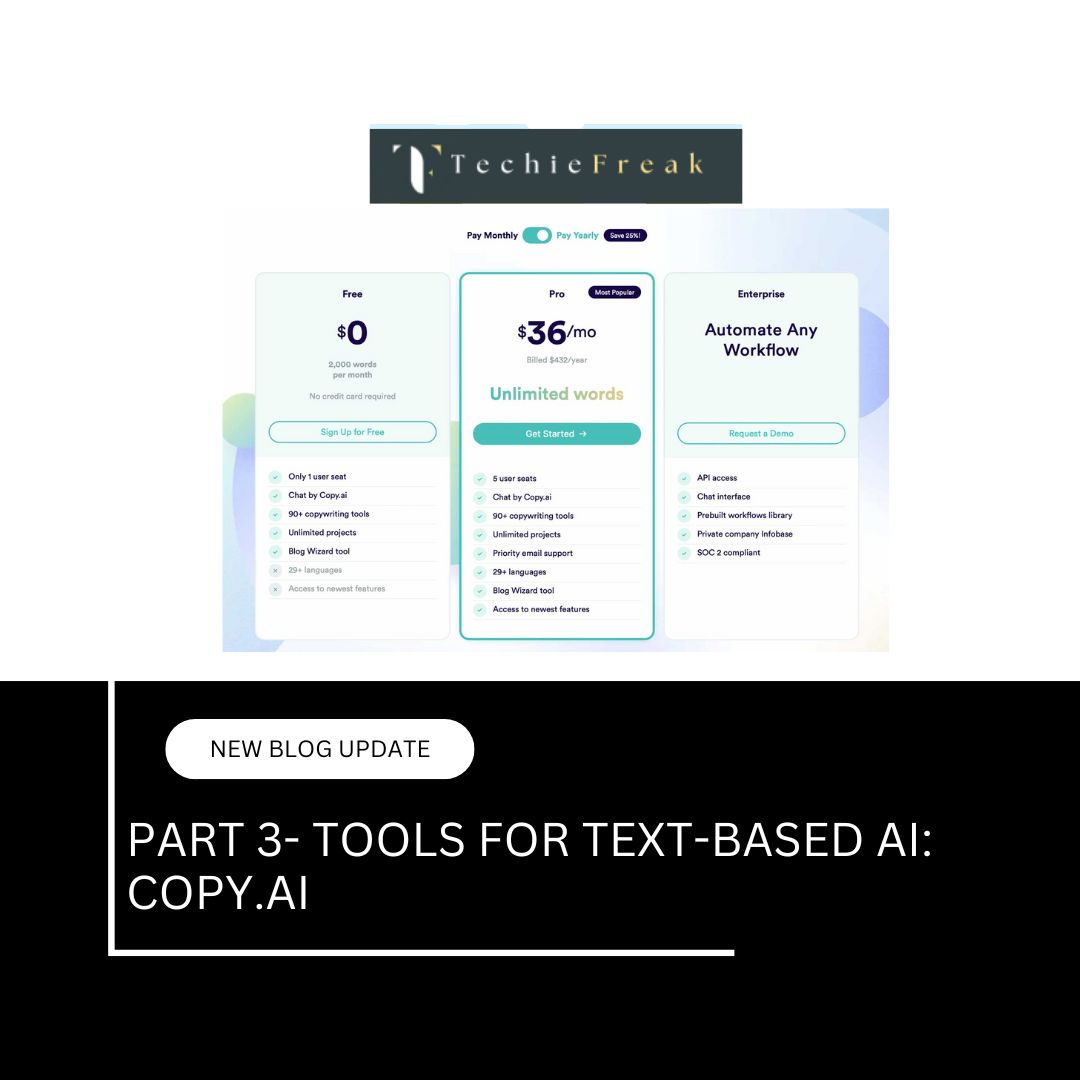
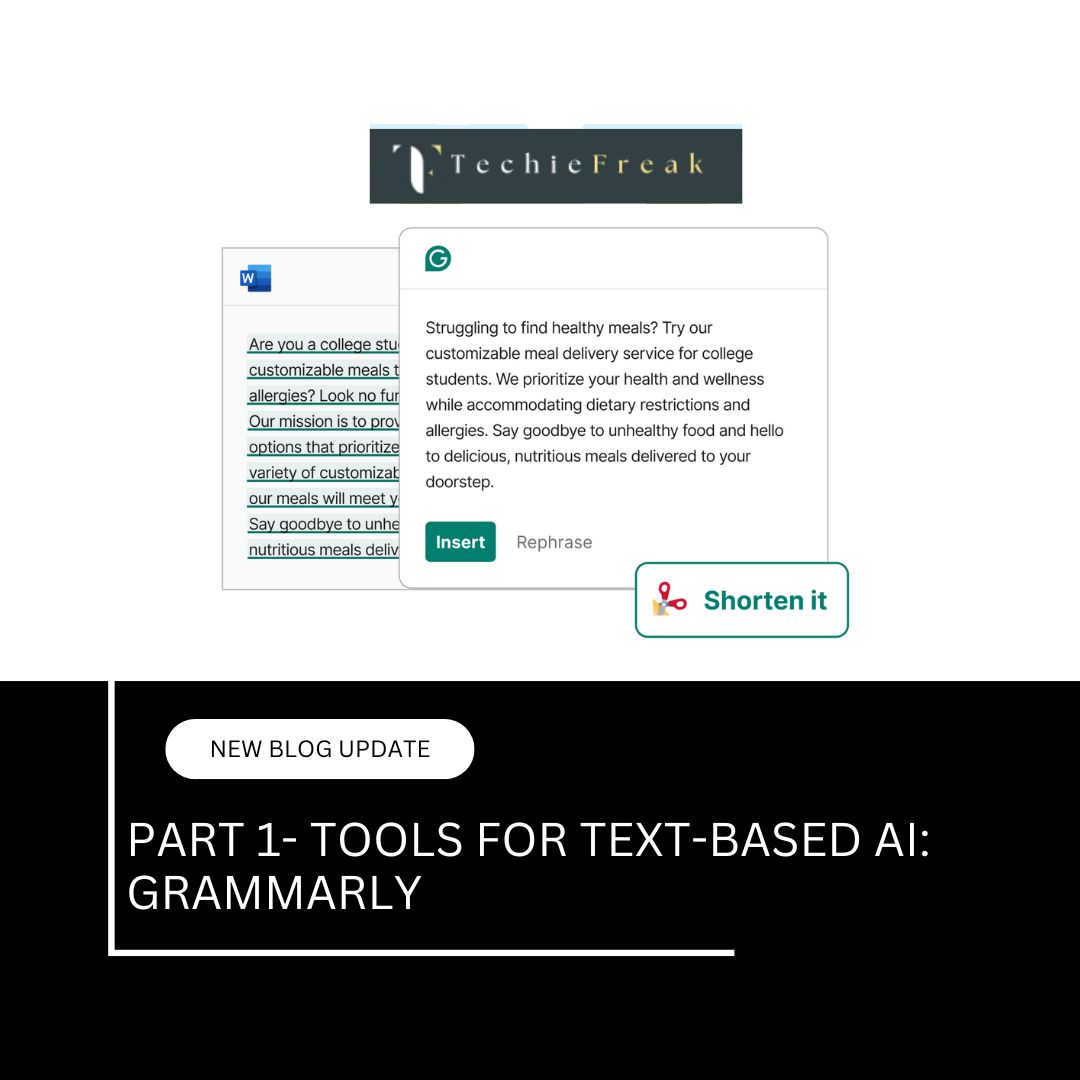
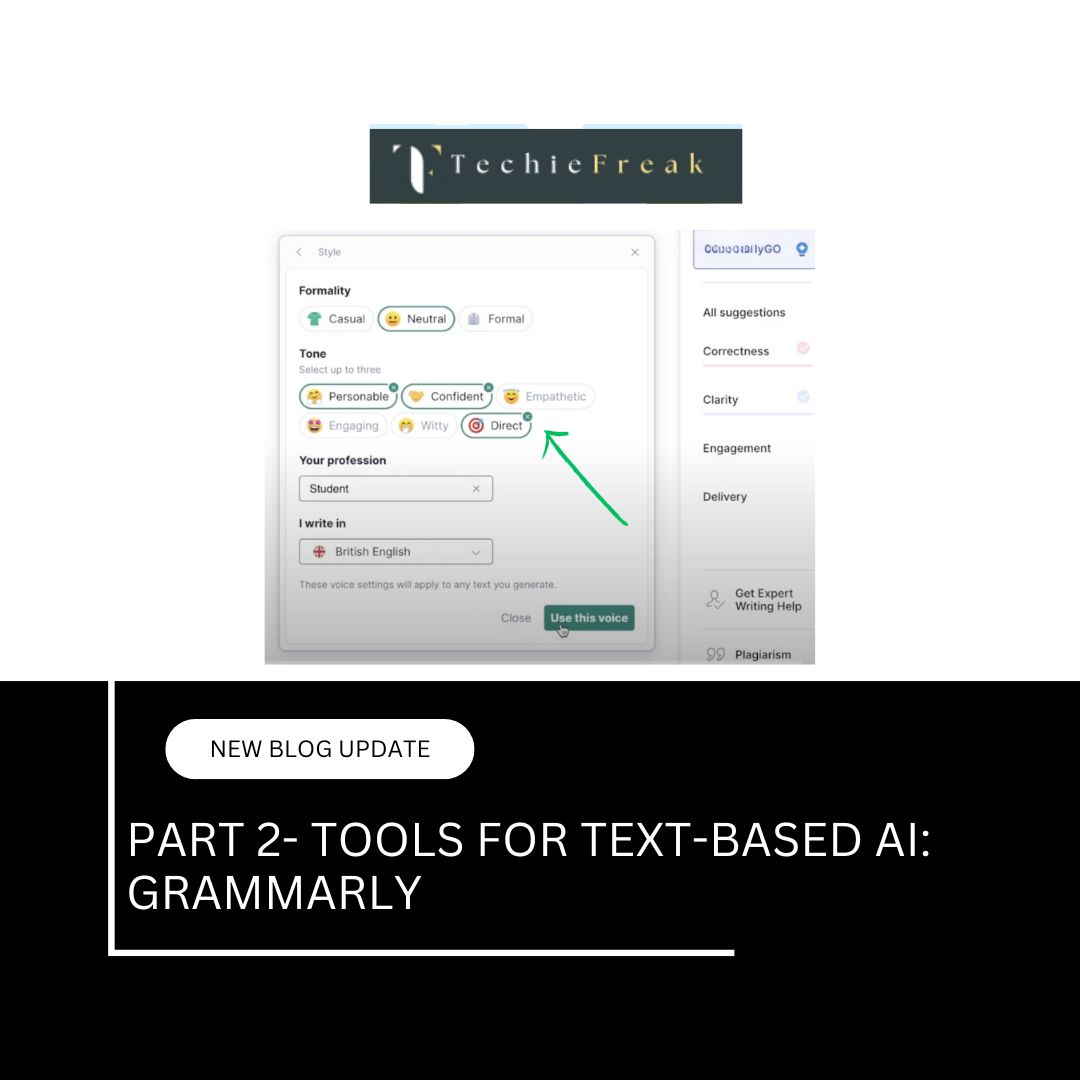
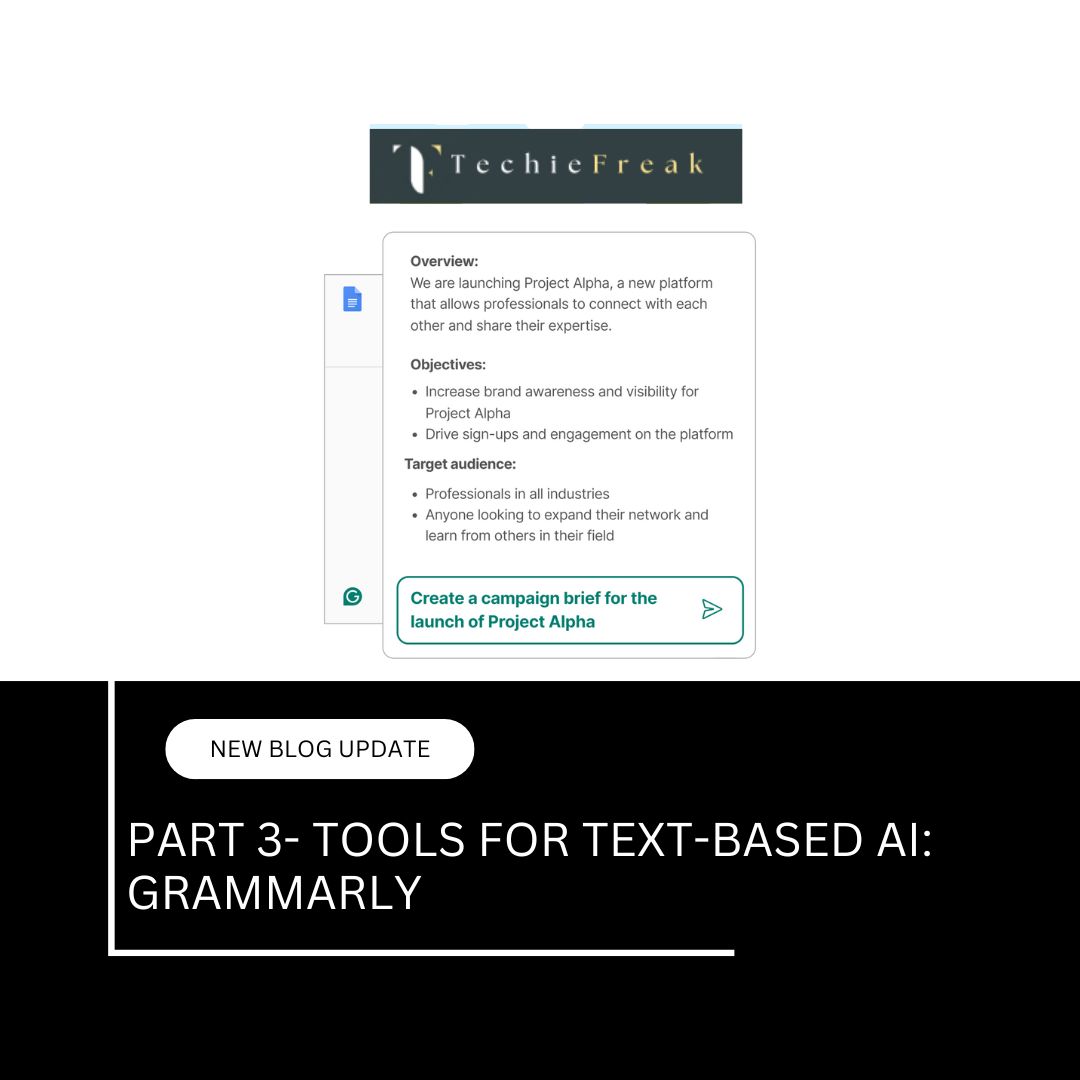
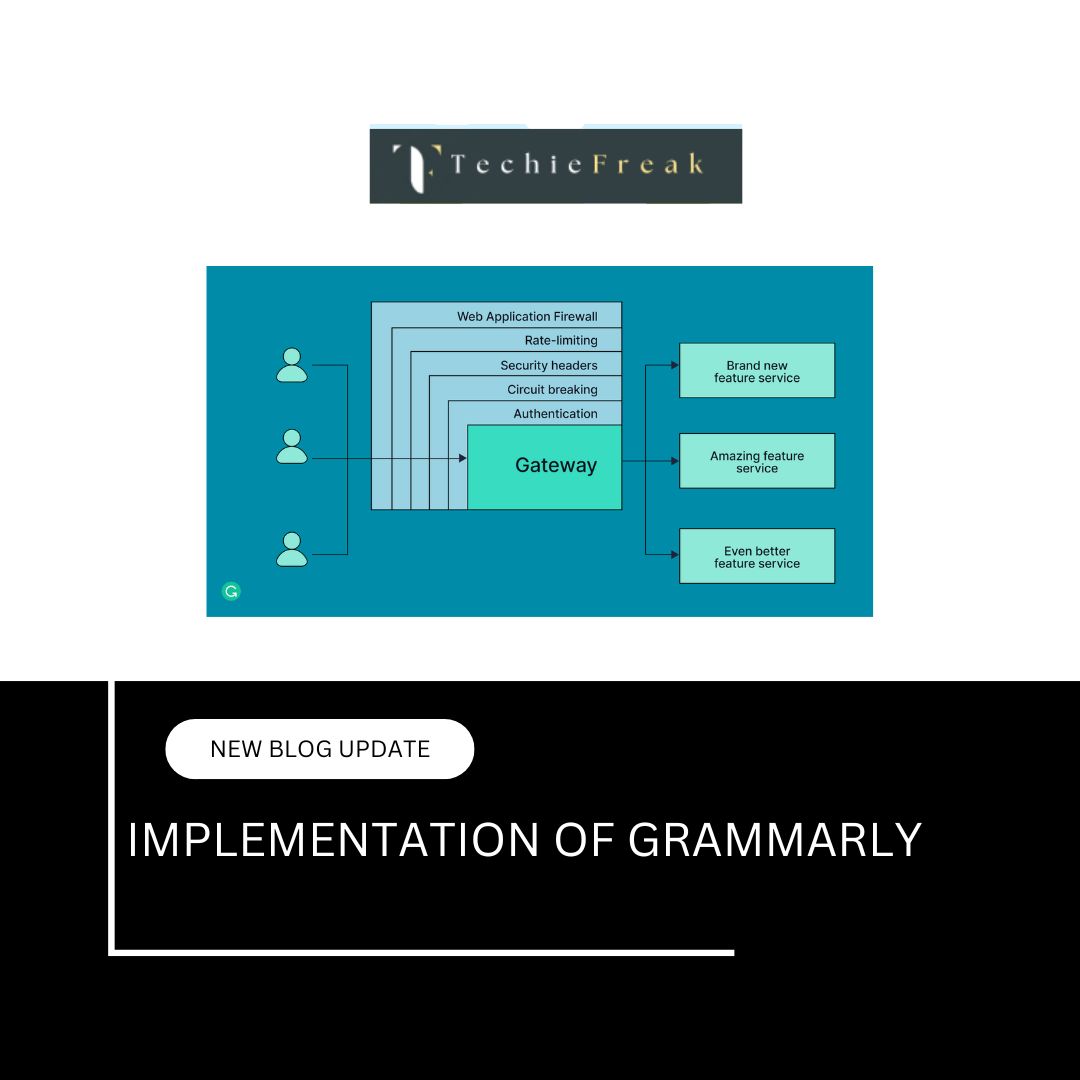


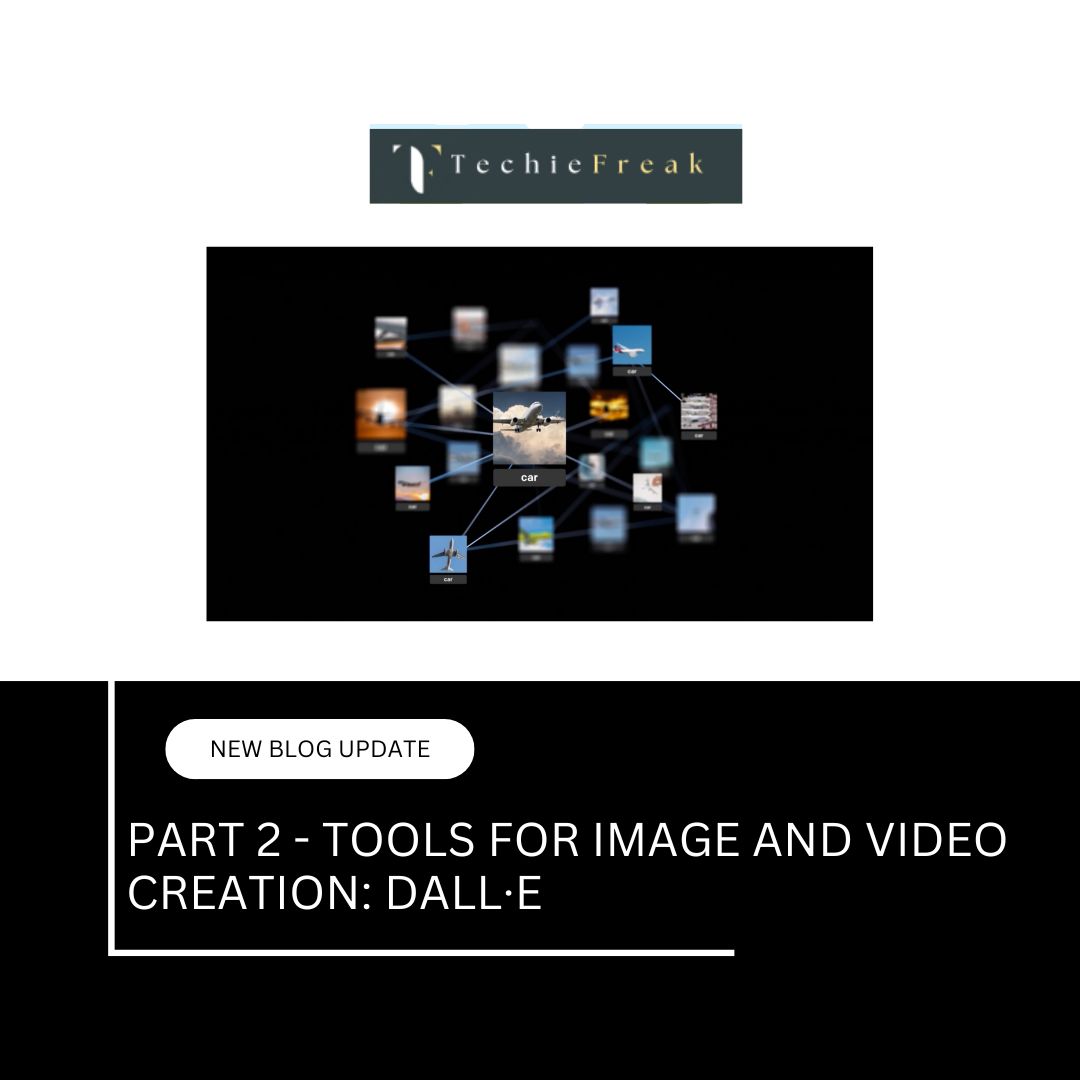

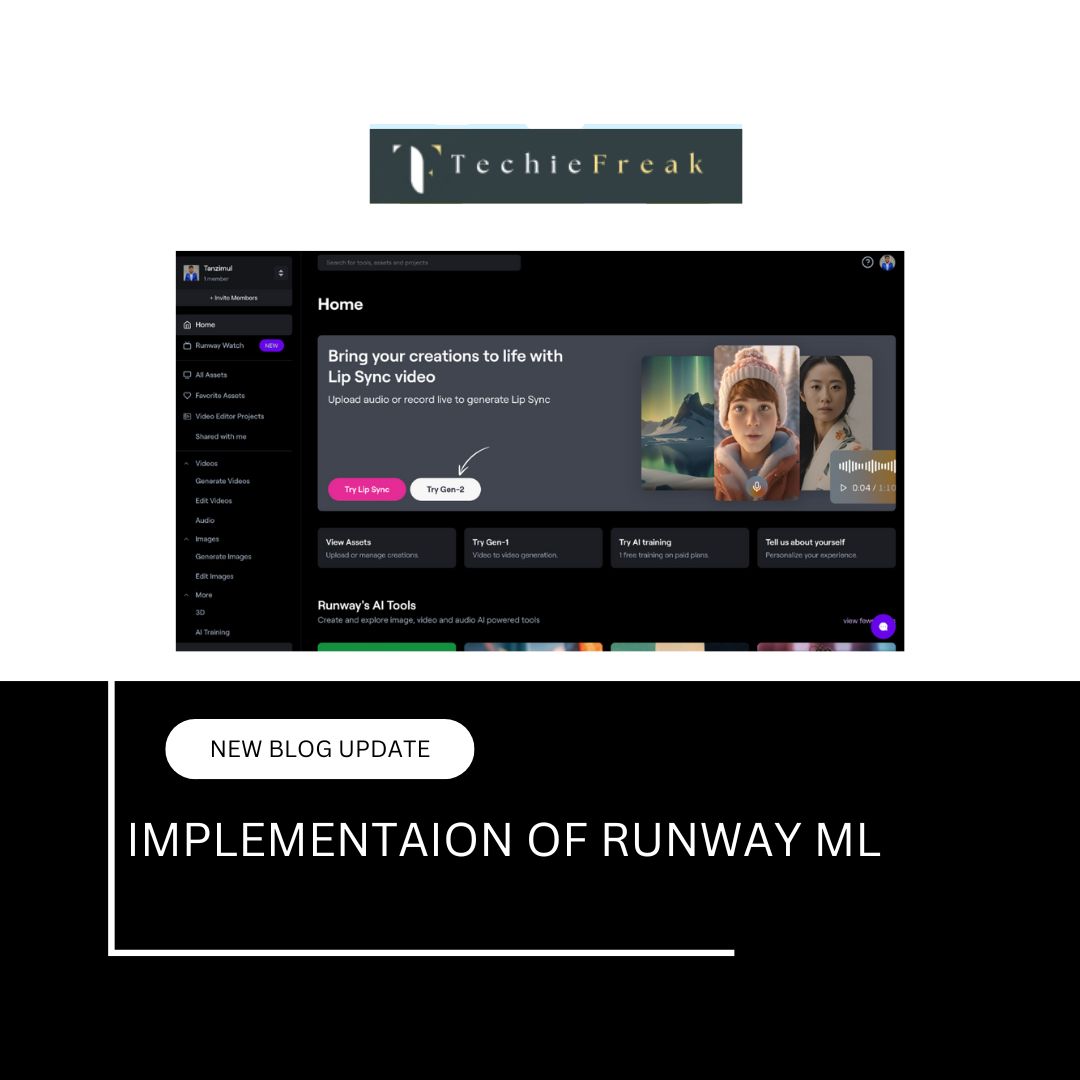


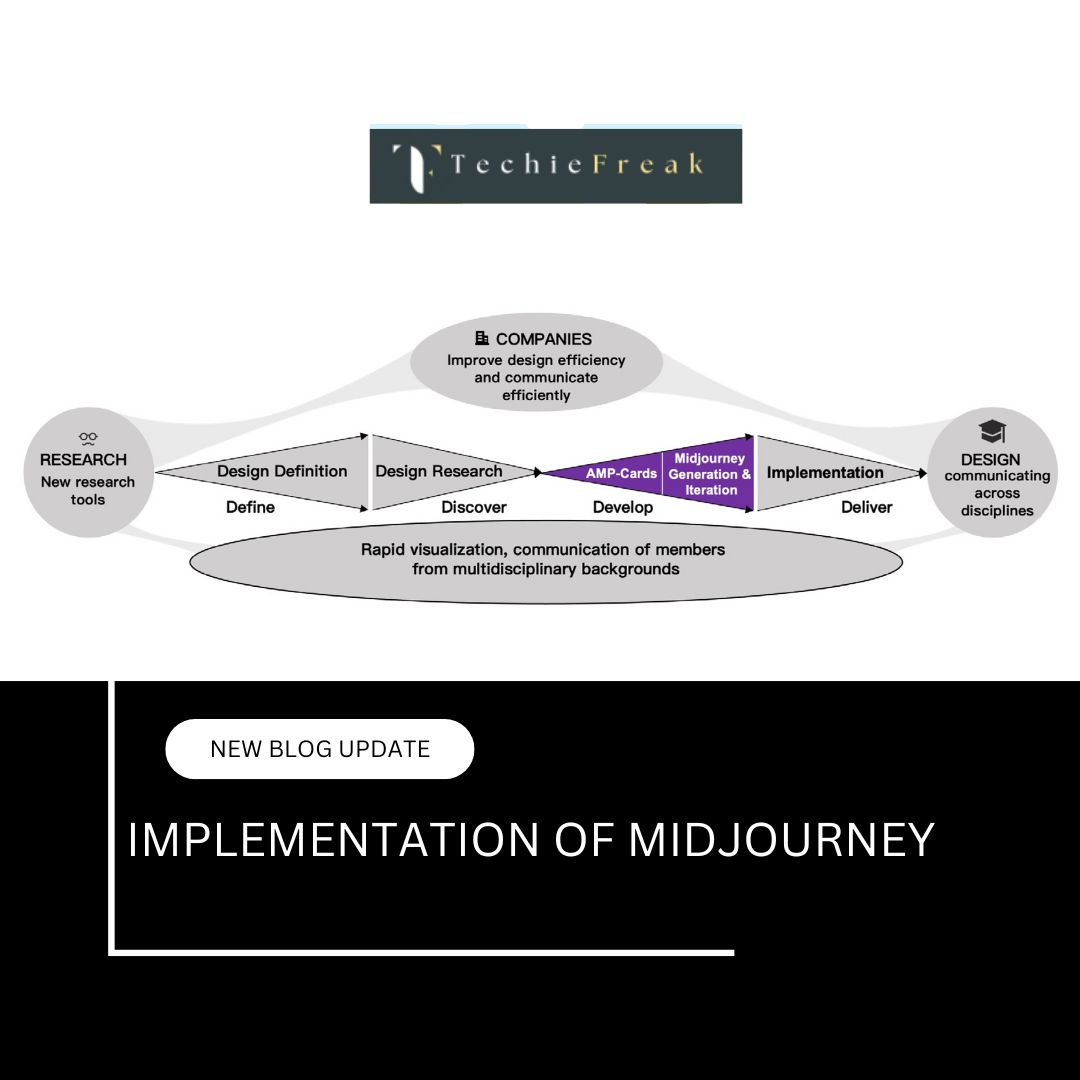
.jpg)


.png)
.png)
.png)
.png)
.png)
.png)
.png)
.png)
.png)
.png)
.png)
.png)
.png)
.png)
.png)
.png)
.png)
.png)
.png)
.png)
.png)
.png)
.png)
.png)
.png)
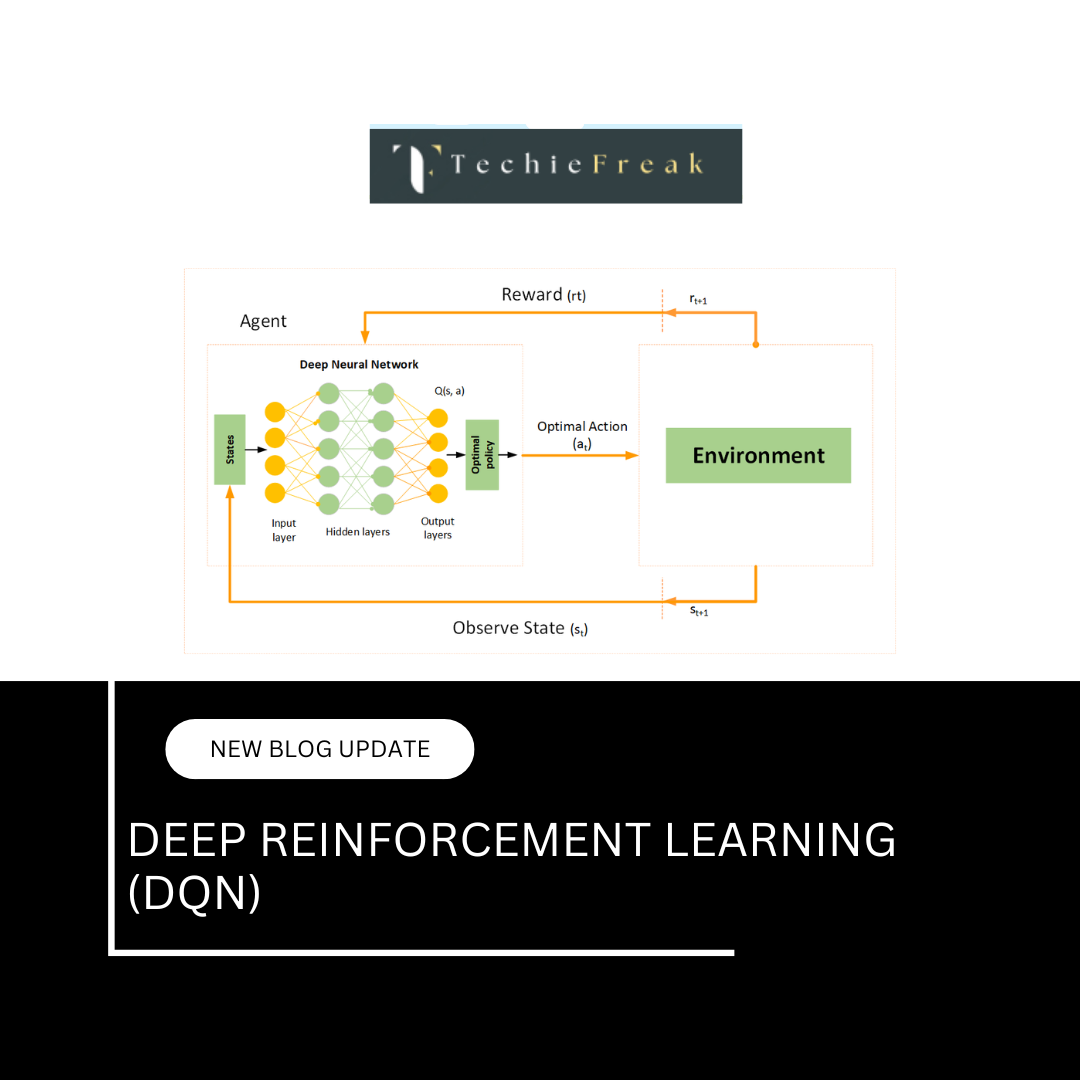
.png)
.png)
.png)
.png)
.png)
.png)

.png)









